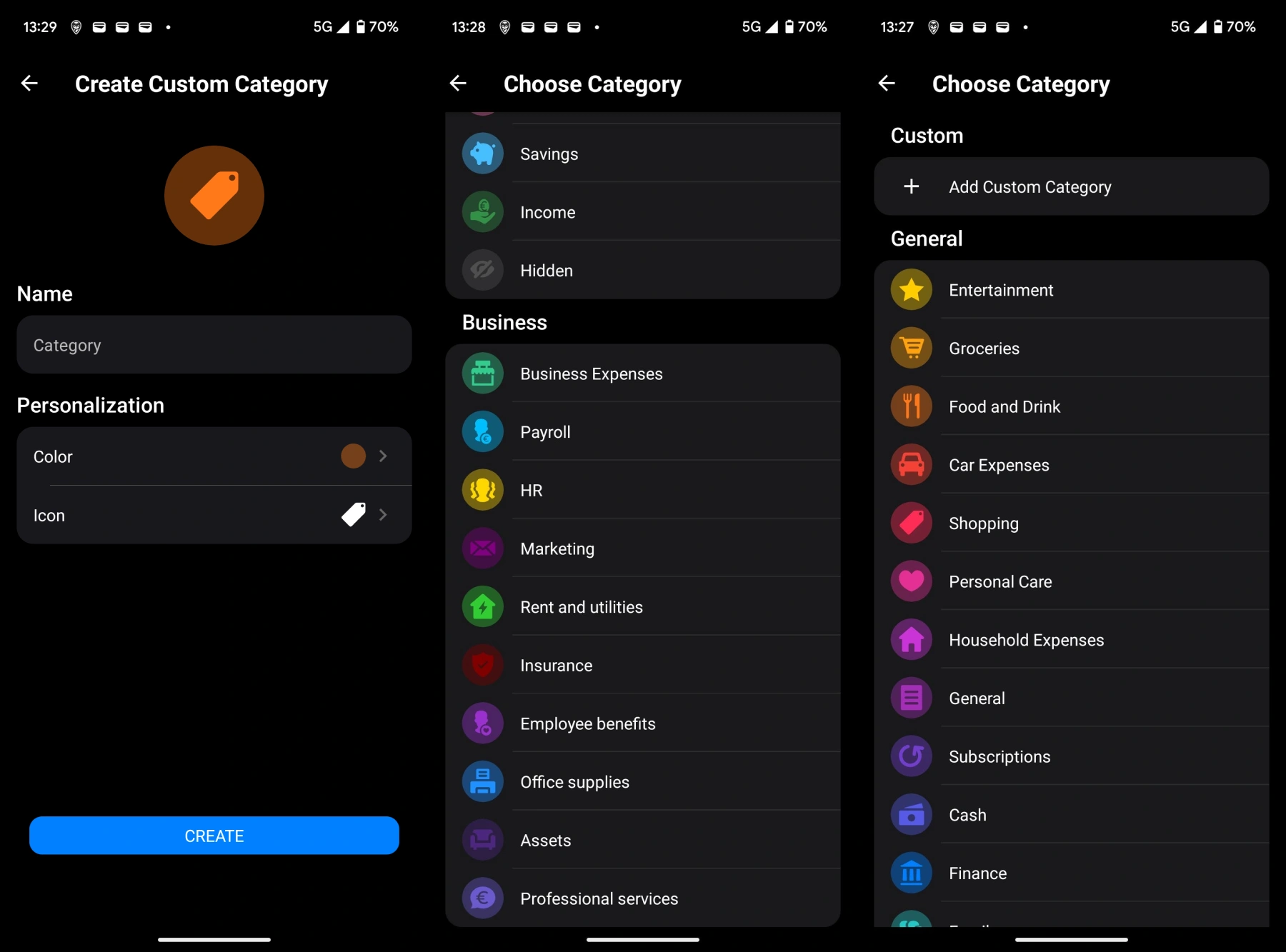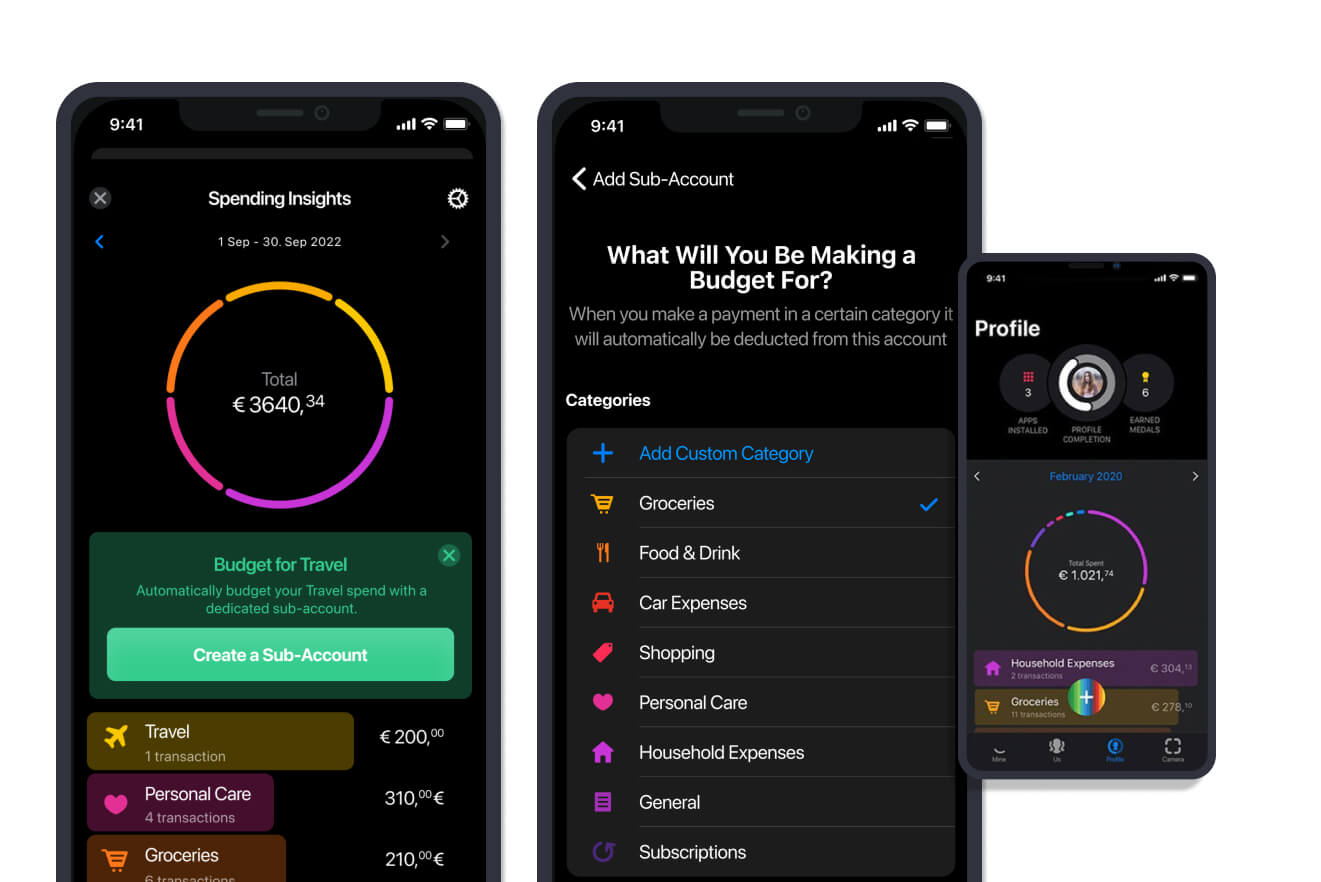If you've ever looked at a bank statement and seen chaotic strings of data, you’re not alone. Customers expect clarity. They want to know what they spent, where, and on what. On the other hand, the backend needs to know how to handle data correctly so both sides are happy.
Let's discuss the categorisation of financial transactions. We will cover how it works, what products it’s part of, and how to implement it correctly.
What Is Categorisation?
At its simplest, transaction categorisation is about assigning meaningful, human-readable labels to financial activity. Think: Groceries, Travel, Digital Services, Rent, B2B Software. Without it, raw data looks like noise.
Did you know?
Most institutions continue to rely on outdated Merchant Category Codes (MCCs) as the primary method of classifying purchases. These codes provide a basic structure, but they can be too broad or wrong. This often leads to many transactions being mislabelled or placed into vague categories like “Retail” or “Other.”
Want to know more? Read about transaction categorisation in detail!
Why does it matter?
Categorisation goes far beyond purchase classification. It touches almost every part of your product and business logic and is critical in many digital banking areas:
- PFM & Budgeting: Spend summaries, trends, and saving tips only work if the labels are accurate.
- Subscription Management: Users expect to see all recurring charges - Spotify, Netflix, local gym - clearly grouped.
- Search & Smart Assistants: Chatbots can’t retrieve the right transaction if the system doesn’t know what kind of payment it was.
- Credit Scoring & Underwriting: Lenders rely on behavioural insights tied to spending categories.
- B2B Accounting & Reconciliation: Businesses need to file expenses correctly - Advertising, SaaS, Travel, Utilities - for taxes and reporting.
How Many Categories Are Enough?

Too few and your insights are useless. Too many and the UX suffers. Based on industry standards (and what users are used to from apps like Revolut, bunq, and Monzo), somewhere between 20–50 high-level categories strike the right balance. Below that, you can introduce subcategories and manual tags.
Providers like Tapix offer granular, layered tagging with over 100+ labels, structured for B2B and B2C contexts alike
Step-by-Step: Best Practices for a Great Categorisation
What’s the best way to implement transaction categorisation? Let’s walk through what it really takes – a technical checklist for a healthy foundation. Whether you are building your own system or working with an enrichment provider like Tapix, these six stages are key. They form the core of every good transaction categorisation engine.
Step 1: Strip the Noise
Before you even think about categorising a transaction, you need to clean it up. That means removing everything that doesn’t contribute to clarity - padded card numbers, internal bank references, routing IDs, and special characters that sneak into raw strings. A string like TESC*UK12.5 should become just Tesco.
Next, normalise the formatting. Lowercase everything. Trim extra spaces. Standardise currency fields and make sure duplicate or mirrored entries (like instant refunds) don’t pollute your classification logic.
Without clean input, no enrichment can perform reliably. This step is what separates raw data from readable data. Our previous “Best Practices and Pitfalls of an API” article will clue you in nicely with more details.

So, make sure your tech team understands which fields are critical: description, merchantId, country, and MCC should not be optional. They’re your keys to brand, category, and location coverage.
Step 2: Recognise the Merchant
Now that the data’s clean, the next job is to accurately identify who the merchant is.
Take UBER TRIP HELP.UBER.COM and UBER EATS*1032 SF. Same brand, different services. Or look at TESCO - are we talking about the petrol station, the express convenience store, or the online grocery service? These variations all matter because they affect the downstream category and tag.
And here's where the MCC code alone isn’t enough.
MCC 5812 (Restaurants) could apply to Costa Coffee, McDonald’s, or the bistro inside an IKEA store. And depending on the terminal used (some chains have multiple), the MCC code may flip between restaurants and retail.

Then there’s the payment gateway trap: when someone pays via Stripe or other similar services, the merchant MCC may reflect the processor, not the actual business. That’s how a digital SaaS platform ends up tagged as “Professional Services.” For this, even more precision is needed.
Step 3: Categorise With Intelligence
Once the merchant is known, you can categorise and implement the transaction properly. But what does that mean in practice?
At Tapix, categorisation is part of the broader enrichment pipeline. You don’t just get a category; you also get subcategories, domain context, and tags that shift a transaction into a readable insight.
Let’s say a user pays for Netflix.
Even though MCC says “Subscription,” Tapix will categorise it as:
- Primary Category: Digital Services
- Tags: Subscription, Recurring, Entertainment
- Fallback Placeholder: Category label used if the logo is not found
Step 4: Let Your Users Teach the System
Even with best-in-class categorisation, some edge cases slip through. That’s where feedback loops matter.
Fintech apps like Monzo and Revolut let users manually change categories - and behind the scenes, that correction data gets logged and used to train or improve future outputs. Smart systems track how often a transaction is recategorised, flagging persistent issues for review.
If full user-editable categorisation isn’t possible yet, start with internal tooling. Let support agents tag and correct entries. Feed that data into your categorisation model retraining process.

Over time, even a simple feedback loop increases accuracy across the board. And don't forget - categorisation isn’t static. It’s a living system that reflects consumer behavior, merchant growth, and product shifts.
Merchants open new services. MCC codes get reassigned. Subscriptions change. Without ongoing monitoring, your categorisation becomes outdated - and downstream systems (like smart assistants or PFM tools) start returning the wrong results.
Categorisation might not be the flashiest feature on your business roadmap. But it might be one of the most quietly powerful to implement into your banking or fintech platform. Take good care of it.
Looking for a trustworthy categorisation API?
For more details on how our solutions can benefit your bank, explore the Tapix offerings.

